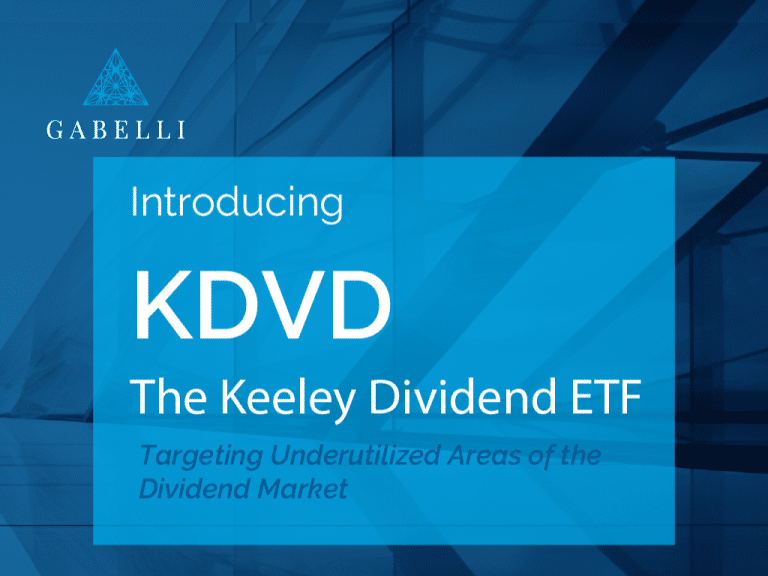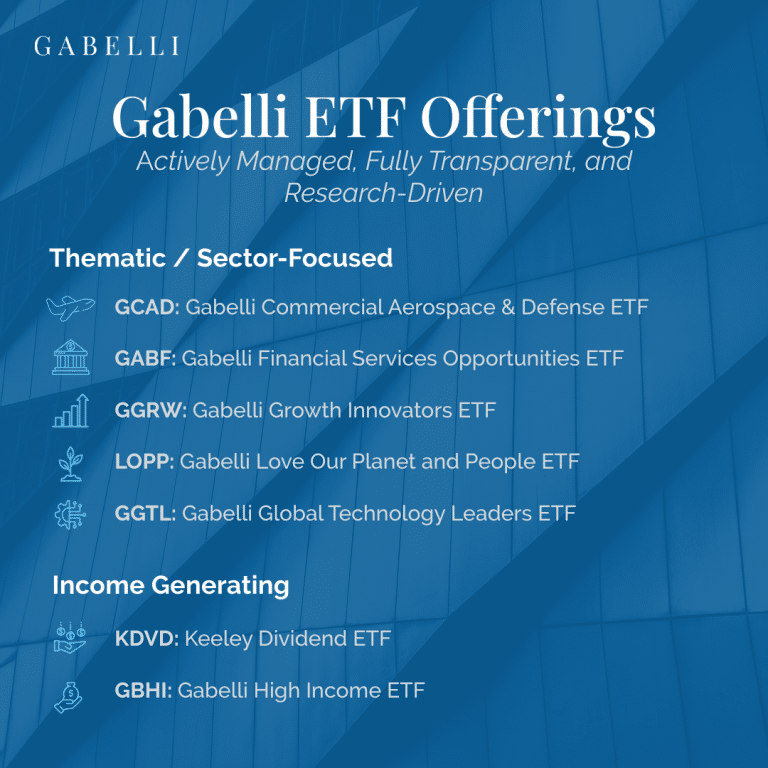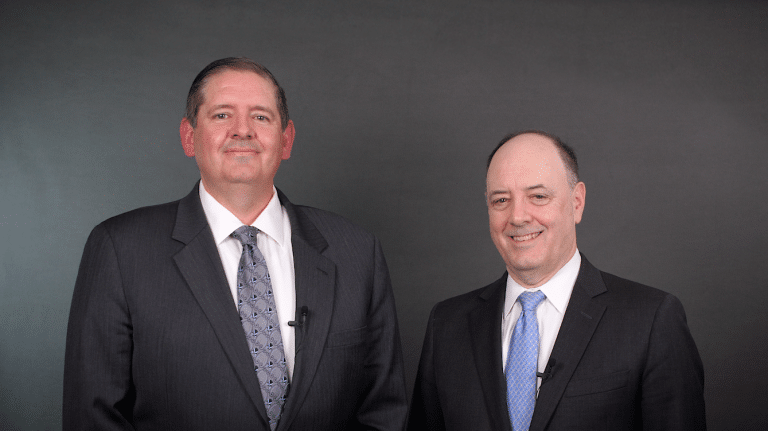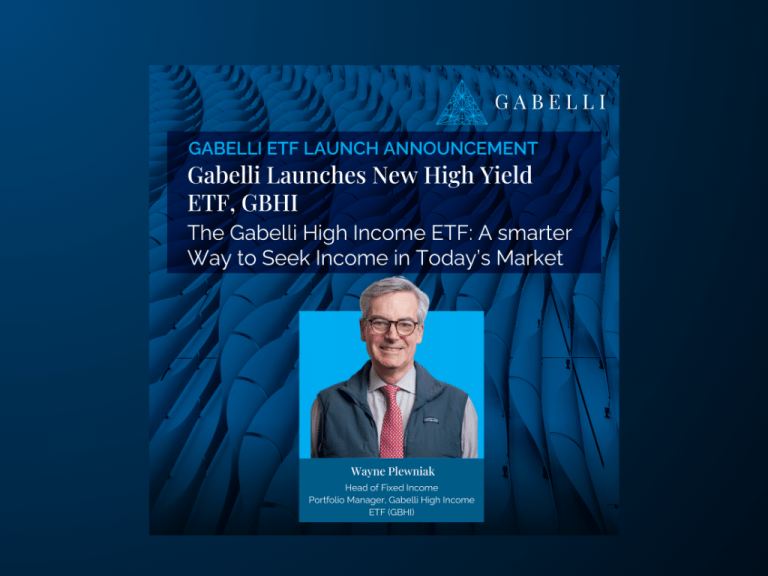The year 2024 saw stocks rise smartly in the months leading up to the election, followed by new market highs post-election. It seems more than a few investors are giddy at the prospects for tax cuts, spending cuts, moves to deregulate, deport and drill. Additionally, expectations of continued Fed rate cutting provide the cherry on top. We have reached levels of extreme bullish sentiment, which is usually at least a short-term negative indicator. As you know, the stock market is a discounting mechanism. While further gains are possible, it is difficult to ignore the lack of specifics regarding the proposed changes and their feasibility.
As usual, the devil is in the details. Will there be tax cuts or just an extension of existing tax rates which were scheduled to expire at the end of 2025? Will any tax cuts be across the board or targeted? We would love government spending cuts but are skeptical of the DOGE (Department of Government Efficiency) cutting anywhere near the $2 trillion they are talking about. Never mind the fact that the DOGE is a non-governmental committee of two (with staff) and not a department of the government and most large spending cuts would need congressional approval. Additionally, $2 trillion of spending cuts would be a short-term drag on economic growth by eliminating jobs and reducing GDP. On the topic of deregulation, what can and will be deregulated and what is the expected economic benefit? Wall Street’s optimism suggests high expectations, but the outcomes remain uncertain.
Trump talks of massive deportations of illegal immigrants starting on day one. Are we talking millions or thousands? Will they focus on individuals with criminal records, or will they include broader groups, such as those who have been living and working in the country for years? Those with families or without families? Do you target those that arrived here in the last year or two or three or does it not matter how many years the people have been here? It gets tricky. How will you define this mission? Deportation is both costly and labor intensive, with potential disruptions to industries such as agriculture, which heavily rely on undocumented workers. As for “drill baby drill”, oil production has never been higher. The price of crude has fallen, and more production will drive it further south. This would obviously benefit the economy but not necessarily the oil producers, who may not want to drill more.
Lastly, there are tariffs, which Trump has described as “the most beautiful word in the dictionary.” However, very few economists or Wall Street investors agree with that. Tariffs are almost always passed along to consumers by raising prices. Just ask anyone in the business of selling imported goods. This is not up for debate. There may be valid non-economic reasons to use tariffs (national security, promises to labor groups or countering tariffs imposed upon us) but they are not pro-growth reasons. At this point, we don’t know how serious Trump is about imposing new or higher tariffs for the likes of China, Mexico, Canada or others, but they are likely to be more controversial than Trumps other growth initiatives. Some believe Trump’s tariff tough talk is just a smart negotiating ploy that is already paying dividends.
For all the hoopla, consensus expectations for real GDP growth in 2025 stand at just 2.1%, down from the expected 2.7% rate of 2024. For 2026, a further slowing is expected, to 2.0%. These GDP growth numbers don’t seem to incorporate any pro-growth benefits from Trumps playbook. Meanwhile, earnings expectations for the S&P 500 call for 12% growth in both 2025 and 2026. It would seem either the GDP estimates are too low, or the earnings expectations are too high. Such a mismatch sets the stage for surprises and market volatility.
Adding to the complexity are geopolitical risks, including Ukraine, NATO, the Middle East and that Tesla sized drone hovering over your house. In an environment of so many unknowns, investors should consider favoring those companies with strong balance sheets and highly visible earnings growth. That is the mission of the Gabell Growth equity team.
Howard Ward is GAMCO’s Co-Chief Investment Officer of Growth Equities and Global Growth Fund.
The above webcast is an excerpt from GabelliTV that appeared on December 19, 2024.
GAMCO is providing these links as a matter of general information. We do not intend for these links to be a complete description of any security or company, nor is it a research report with respect to any of the companies mentioned herein.
The portfolio manager’s views are subject to change at any time based on market and other conditions. The information in this posting represents the opinions of the portfolio manager and is not intended to be a forecast of future events, a guarantee of future results, or investment advice. Views expressed are those of the portfolio manger and may differ from those of other GAMCO officers, portfolio managers, other employees, or of the Firm as a whole. Because the investment personnel at GAMCO and our affiliates make individual investment decisions with respect to the client accounts that they manage, these accounts may have transactions inconsistent with the information contained in this posting. Certain GAMCO personnel may know the substance of the posting prior to its posting.
Stocks are subject to market, economic and business risks that cause their prices to fluctuate. When you sell shares, they may be worth less than what you paid for them.
Investors should carefully consider the investment objectives, risks, charges and expenses of the Fund before investing. The prospectus, which contains more complete information about this and other matters, should be read carefully before investing. To obtain a prospectus, please call 800 GABELLI or visit www.gabelli.com









